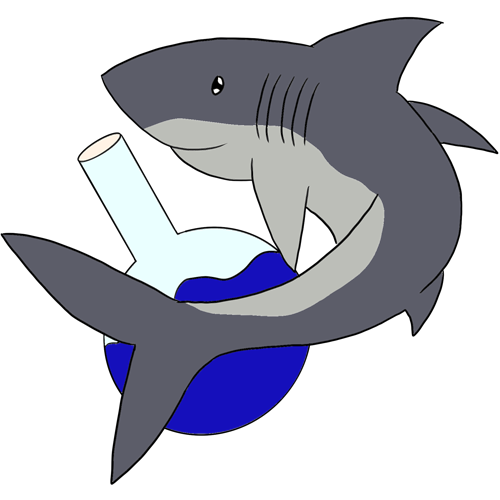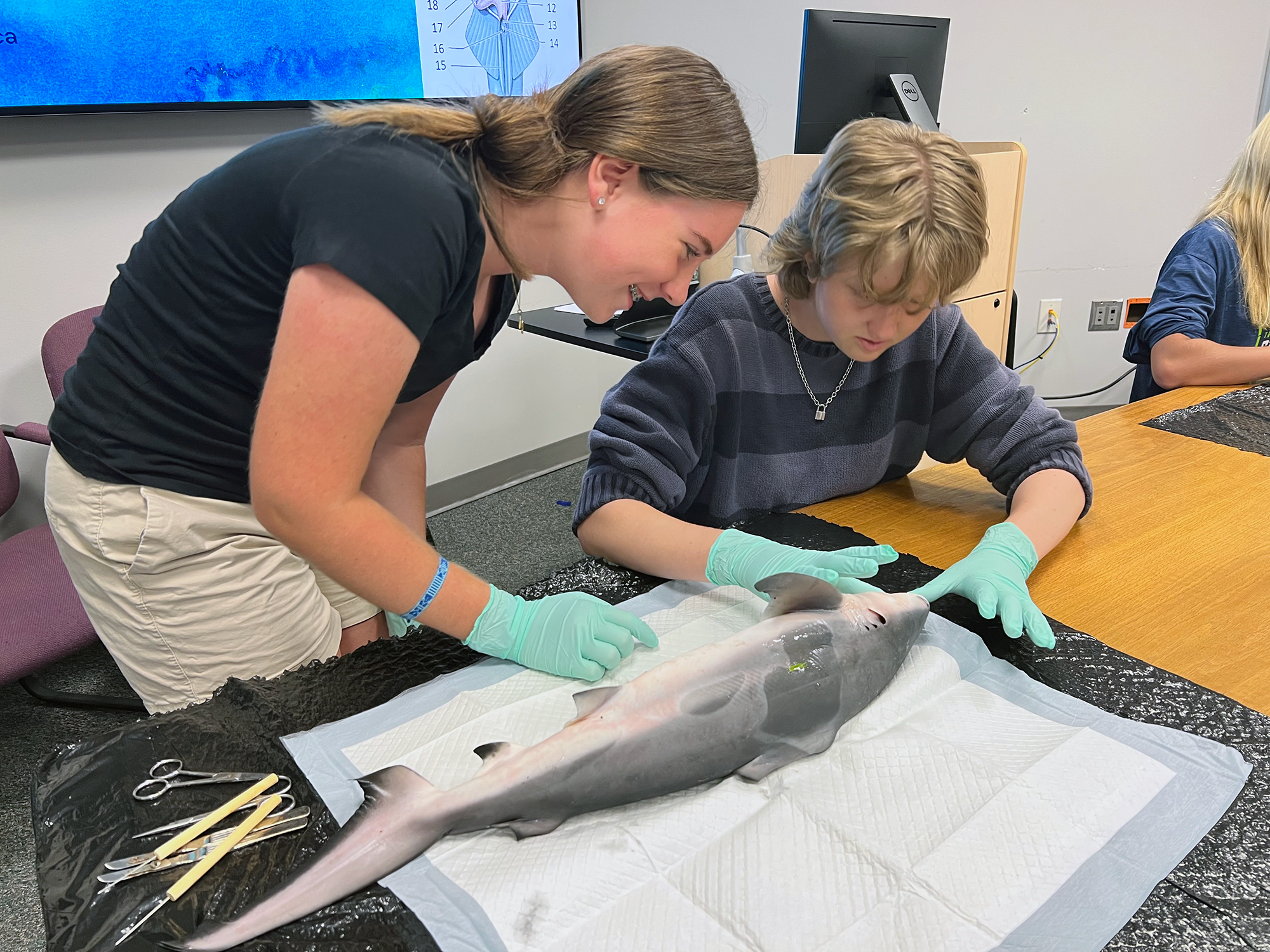In the realm of marine science education, dissections have long stood as a cornerstone of hands-on learning. They offer students an invaluable opportunity to explore the anatomy, physiology, and intricate workings of marine organisms, providing a depth of understanding that textbooks and lectures alone can’t achieve. I have long found that dissections be a necessary part of understanding marine science at its core, and in turn getting students more interested in marine science.

Enhancing Understanding of Anatomy and Physiology

Dissections allow students to observe the internal structures of marine organisms firsthand. This direct interaction helps solidify their understanding of anatomical features and physiological processes. For example:
- Dogfish Sharks: Dissecting a dogfish shark provides insight into the anatomy of a cartilaginous fish. Students can study the unique skeletal structure, gill slits, and internal organs like the liver, stomach, and heart. This helps them understand adaptations that enable sharks to be efficient predators.
- Blue Crabs: Through dissecting blue crabs, students can explore the exoskeleton, gills, and complex musculature that enable their movement. Understanding the anatomy of crabs also highlights their role in marine ecosystems as both predators and prey.
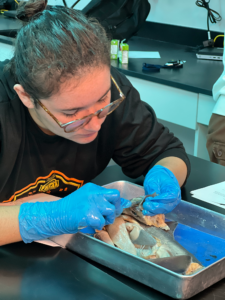
Dissections require careful observation, precise techniques, and critical analysis, which are essential skills for any budding scientist. By dissecting different species, students learn to compare and contrast anatomical features and draw conclusions about their evolutionary adaptations.
- Squid: Dissecting a squid offers students a chance to explore the anatomy of cephalopods. They can examine the squid’s beak, tentacles, and internal organs, learning about the jet propulsion system and advanced nervous system that make squids remarkable hunters. This encourages analytical thinking about how different organisms have evolved to thrive in their environments.
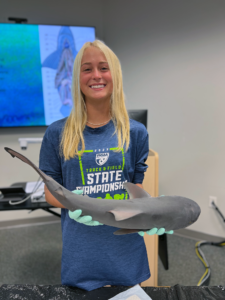
Dissections help students understand the relationships between different species and their environments, providing context for broader ecological and evolutionary concepts.
- Perch: Dissecting a perch allows students to study a typical bony fish, examining structures like the swim bladder, gills, and fins. This can lead to discussions about the evolution of fish, adaptations for different aquatic environments, and the role of fish in the food web.
- Sea Urchins: By dissecting sea urchins, students can explore the anatomy of echinoderms, including their unique water vascular system and tube feet. This dissection can illustrate the diversity of life forms and their specialized adaptations, fostering a deeper appreciation for marine biodiversity.
Encouraging Engagement and Curiosity
Hands-on activities like dissections capture students’ interest and curiosity, making learning more engaging and memorable. The tactile experience of dissection often leaves a lasting impression and inspires students to pursue further studies in marine biology and related fields.
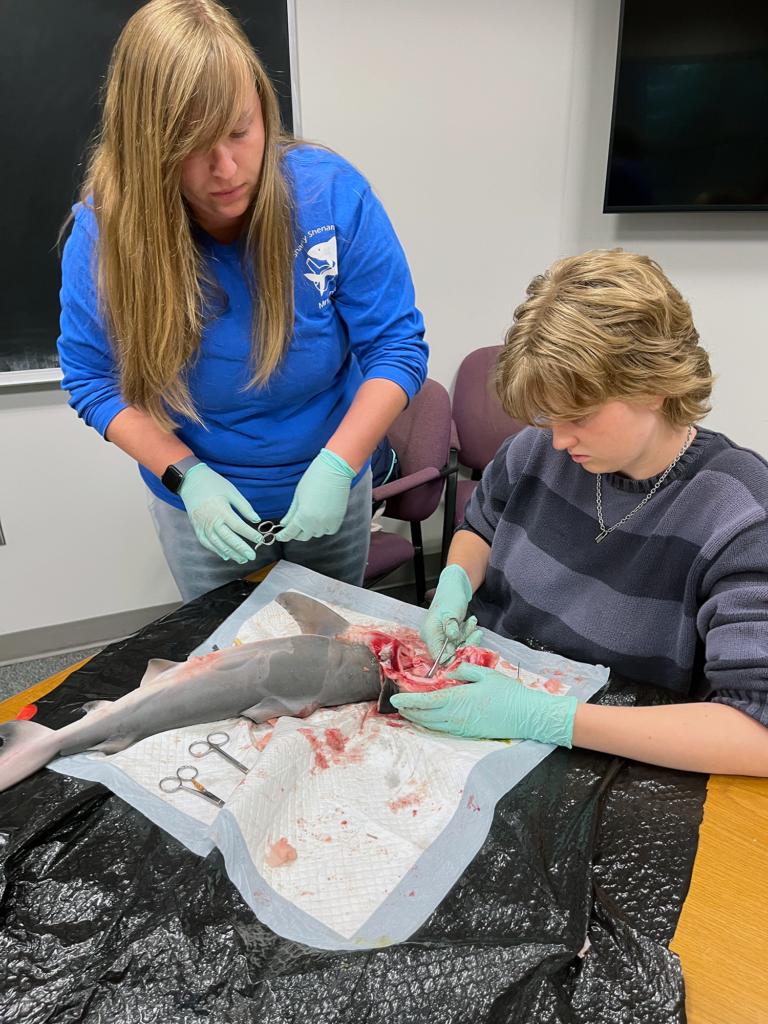
Conclusion
Dissections are a powerful educational tool in marine science, offering a myriad of benefits from enhancing anatomical and physiological understanding to fostering critical thinking and engagement. By examining marine species, students gain a deeper appreciation for marine life and the complexities of the natural world. These experiences not only enrich their education but also inspire the next generation of marine scientists and conservationists.
Overall, if done with an air of exploration, allowing the students to observe and interact with their specimen without a rigid structure we can give students a chance to dive deeper into their understanding of anatomy and physiology which allows them to come up with their own investigative questions they get to discover with their experiences. Bring dissections into classrooms and enjoy watching students in a scientific experience of a lifetime!
